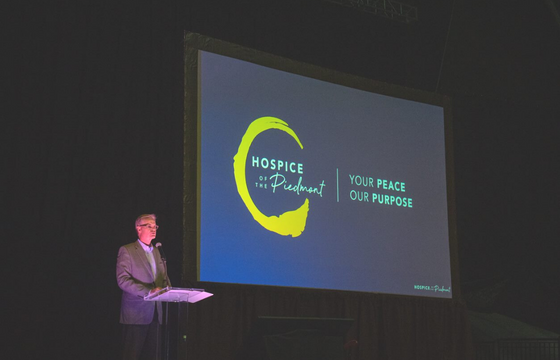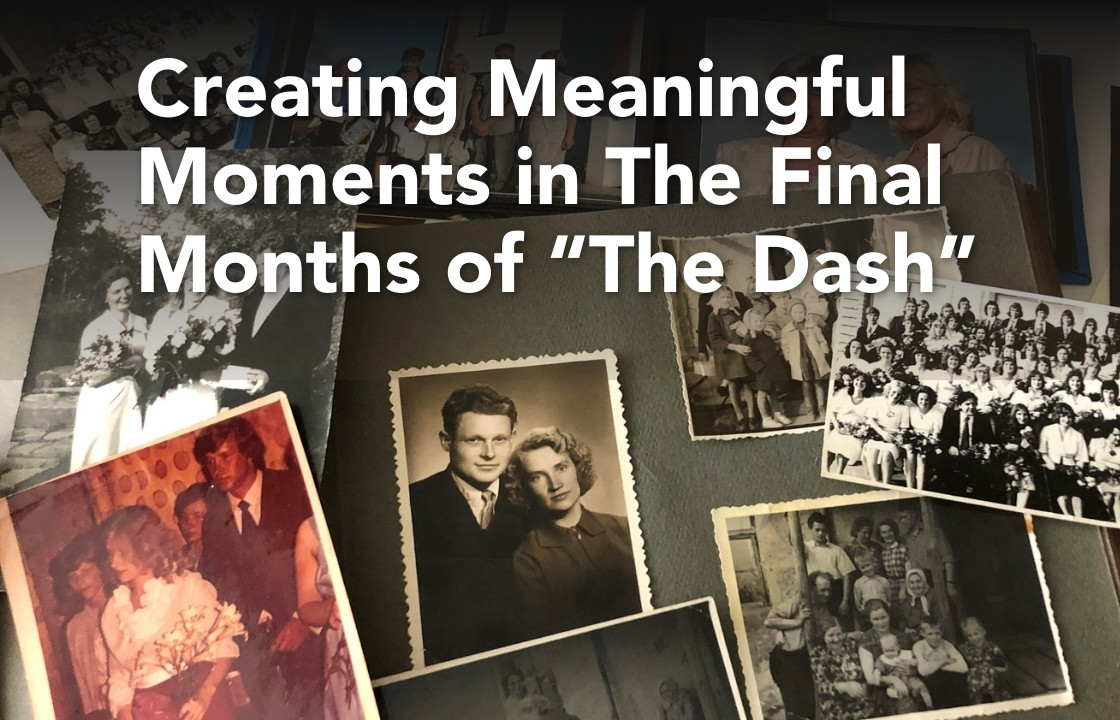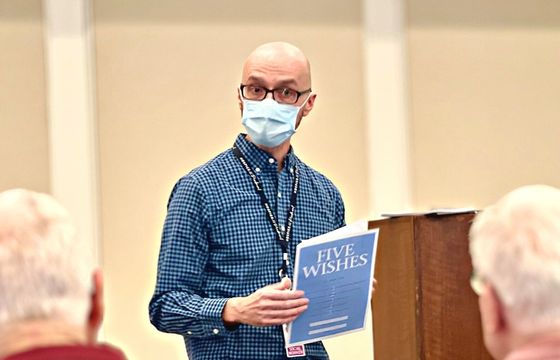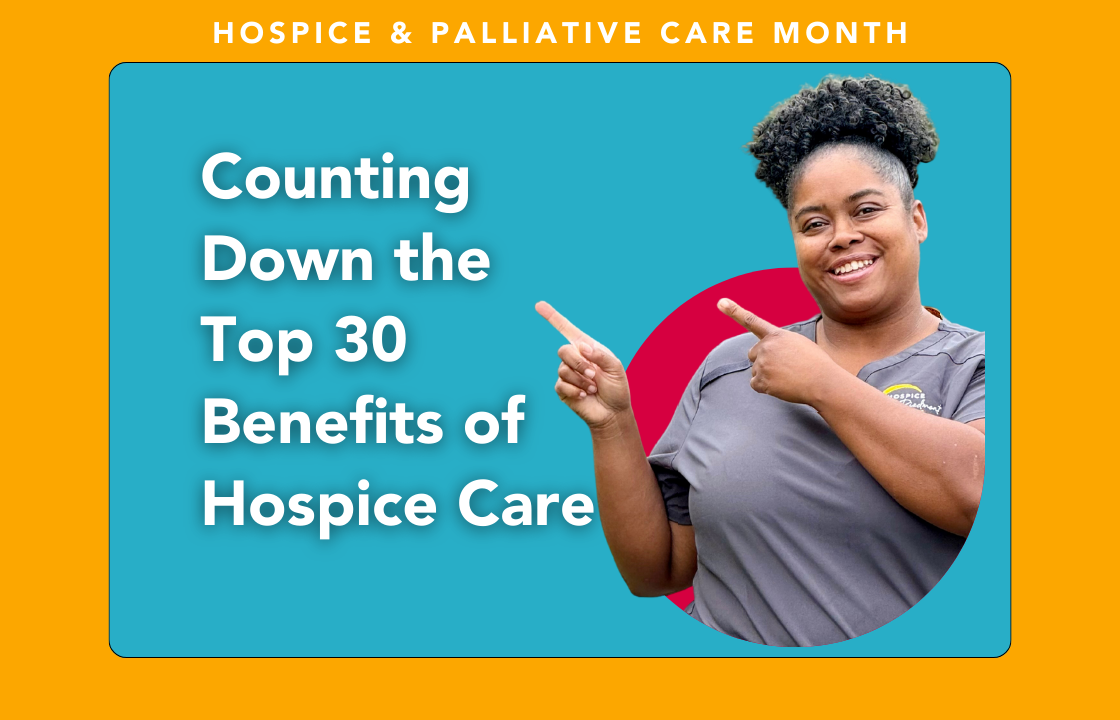Campaign Aims to Engage Community with Proactive Conversations about Death
CHARLOTTESVILLE, VA – September 28, 2022 – Hospice of the Piedmont (HOP) is embarking on a bold new project to positively transform how people view and experience serious illness, dying, and grief. For more than forty years, Hospice of the Piedmont has cared for thousands of patients and their families. The new initiative, aligned with the organization’s mission, aims to connect with a broader audience and encourage the entire community to break the silence surrounding death.
“We decided to launch this campaign because we know death can be a scary topic. And while the reality is that death is certain, a good death is not. When families avoid these conversations, they lose the opportunity to take control and live their final chapter on their terms,” said President and CEO Ron Cottrell.
The organization used polling, interviews, research, and case studies to better understand how Central Virginians think and talk about serious illness and death. The research shows that most people who encounter Hospice of the Piedmont have a positive experience, yet attitudes about death and dying sometimes prevent people from taking advantage of hospice care until it’s too late.
The campaign intends to inspire conversation by making the organization more visible in the community and presenting a candid view of the organization’s work. It highlights various Hospice of the Piedmont team members, including nurses, social workers, grief counselors, and more. The campaign video is now live across Hospice of the Piedmont YouTube social media pages and will be broadcast on local TV later this fall. In addition to the new campaign, the organization recently unveiled a vibrant new logo representing the motion of life and death and the legacy we leave behind.
“This is just the beginning,” said Cottrell, “Our ambition goes far beyond logos, billboards, and TV commercials. It’s about building a movement to encourage people in our community to have more proactive conversations about end-of-life.”



